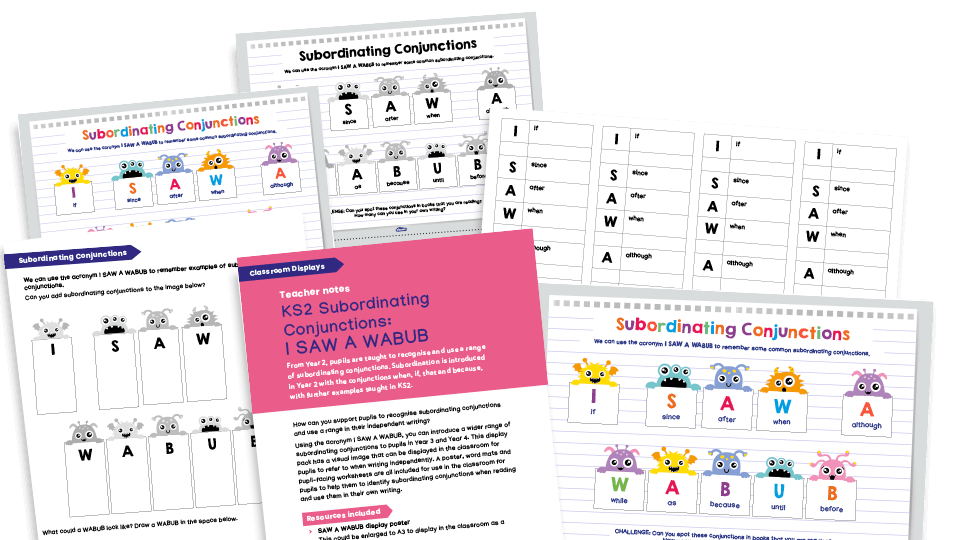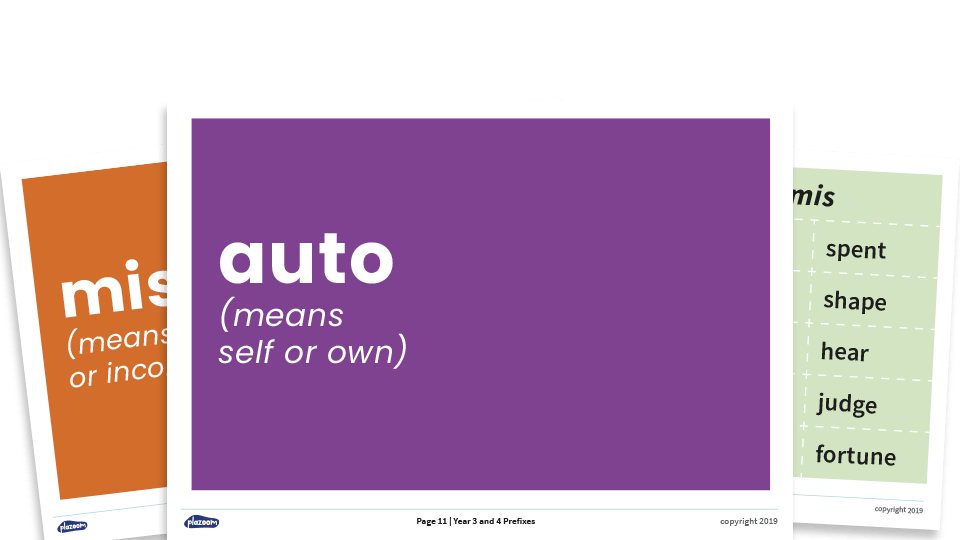Classroom displays – How to make working walls work for you

When it comes to classroom displays, the rise of the working wall has been one of the most noticeable developments in recent years. With every minute of teaching time becoming more and more precious, new ways of maximising the learning experience are at a premium.
Most teachers have embraced the idea of having spaces on their walls that support ongoing learning, rather than simply celebrate the finished article.
The question, then, is not so much what is a working wall, but are you succeeding in getting your working wall to, well, work for you?
Even if you think you are, there’s usually room for improvement. But that’s what working walls are for.
Where to start with classroom displays
Don’t be afraid of blank space. A working wall should not start covered. The whole point is to steadily increase what you pin up as you address it across a series of lessons.
This helps pupils to get a better idea of the relevance of what you are saying and how it builds towards the finished article, typically a piece of unaided writing.
Keep your constants
That doesn’t mean there isn’t scope for having some constant features on your wall. There is always a place for learning objectives. Ideally, this should be the same place so that pupils get used to knowing where to look.
Others find that it helps to have regular fixtures such as pockets for useful reminders, like lists of conjunctions, synonyms for 'said' or genre-specific word mats. This means pupils can feel free to come up and help themselves when they’re stuck.
Make your classroom displays interactive
Not only does this make children feel that they have some shared ownership of this important learning space, but it also means that you have to do less in terms of updating the wall.
Effective working walls embrace randomness
Some teachers are so tidy and organised it’s scary. If you are someone who shudders every time a pencil is out of place, you might have to let go of some of your perfectionism.
A working wall should not be a vision of regimented order. Give yourself permission to allow a slightly random, fluid look to this part of your wall so that you don’t have a meltdown if Jaydeen has not put her post-it in exactly the right place.
Many of the best thoughts come out of left field, so it’s unreasonable to expect contributions to a working wall to be in neat, straight lines. Save that for other classroom displays, if it makes you happy.
Actively encourage contributions
Make space on your wall for sections where you actively encourage contributions from the class. For example, one of our interactive classroom displays for lower KS2 SPaG concepts starts with a common prefix, such as auto, complete with its definition, and invites pupils to add root words to form new words, such as 'autograph'.

The resource includes a selection of printed roots that could be added to one or more of the prefixes, although you could also invite pupils to think of and add their own. Of course, you will need to make a stash of suitable writing paper readily available.
Word webs
Another way to get pupils involved is in the creation of useful word banks. Our Word Webs resources not only generate a collection of synonyms as useful as any thesaurus, but they also help children to appreciate the concept of words having shades of meaning.
This encourages young writers to think carefully about which words precisely communicate the meaning they intend to convey.

Teacher productivity – save yourself time
Even though there is scope for fostering an ad hoc feel when you create a working wall, that doesn’t mean you have to reinvent the wheel every time you start a new topic or study a new book.
Keep a stock of key elements that you know will come up again and again. You know, for instance, that you will be expecting children to write stories at various times over the year, so why not have attractive posters that you know will be useful and relevant, time and time again?
For example, we offer a set of seven eye-catching posters for giving pupils tips on how to get their narratives off to an engaging start. Put them up when you need them; take them down and stash them carefully when you don’t.

Show the learning process as you go
As great as smart boards are, try doing some of your shared writing on big pieces of paper so that you can display a constant reminder of your thought processes as you created a text together. After all, mistakes and improvements are often most informative.
Let good work feature in classrooms
For all the benefits of showing an evolving text and surrounding it with powerful vocabulary and useful grammar tips, don’t be afraid to display an example of the finished article too.
A good illustration of the genre you're working on can be very useful for showing pupils what they’re working towards.
Sue Drury qualified as a primary teacher in 1999. Teaching pupils from Year 1 to Year 8, she has held a variety of positions including maths and English subject leader, year leader, and assistant headteacher. Sue has mentored students and NQTs, offering guidance and advice using her years of experience. She created many of Plazoom's literacy resources.